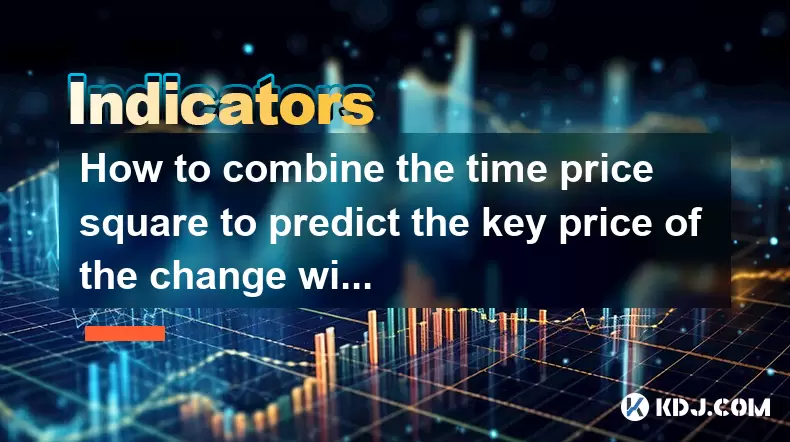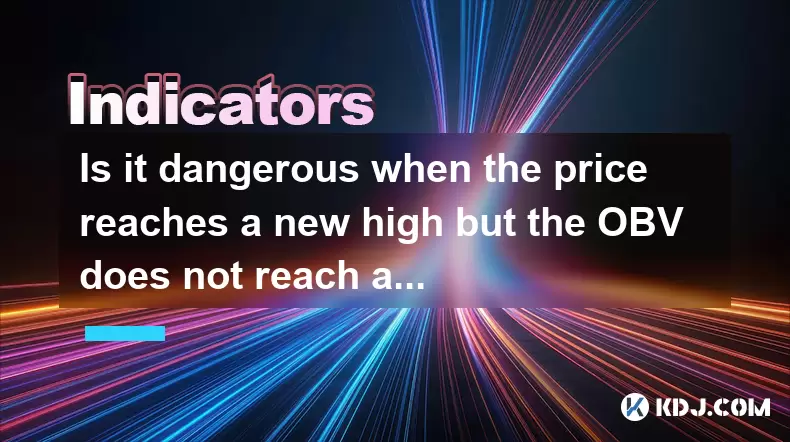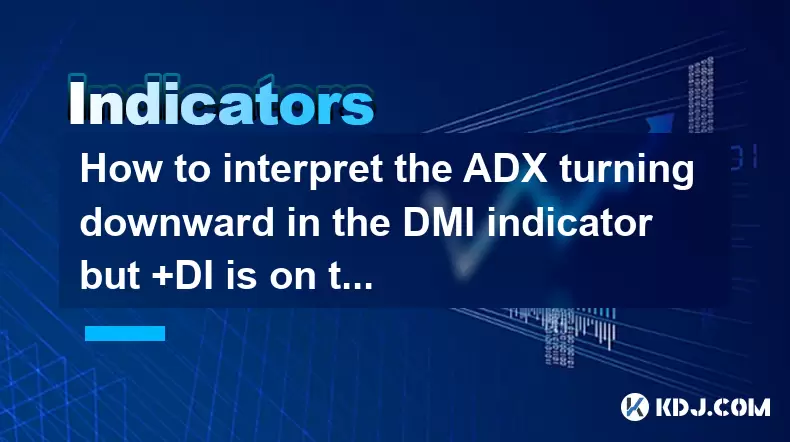-
 Bitcoin
Bitcoin $106,754.6083
1.33% -
 Ethereum
Ethereum $2,625.8249
3.80% -
 Tether USDt
Tether USDt $1.0001
-0.03% -
 XRP
XRP $2.1891
1.67% -
 BNB
BNB $654.5220
0.66% -
 Solana
Solana $156.9428
7.28% -
 USDC
USDC $0.9998
0.00% -
 Dogecoin
Dogecoin $0.1780
1.14% -
 TRON
TRON $0.2706
-0.16% -
 Cardano
Cardano $0.6470
2.77% -
 Hyperliquid
Hyperliquid $44.6467
10.24% -
 Sui
Sui $3.1128
3.86% -
 Bitcoin Cash
Bitcoin Cash $455.7646
3.00% -
 Chainlink
Chainlink $13.6858
4.08% -
 UNUS SED LEO
UNUS SED LEO $9.2682
0.21% -
 Avalanche
Avalanche $19.7433
3.79% -
 Stellar
Stellar $0.2616
1.64% -
 Toncoin
Toncoin $3.0222
2.19% -
 Shiba Inu
Shiba Inu $0.0...01220
1.49% -
 Hedera
Hedera $0.1580
2.75% -
 Litecoin
Litecoin $87.4964
2.29% -
 Polkadot
Polkadot $3.8958
3.05% -
 Ethena USDe
Ethena USDe $1.0000
-0.04% -
 Monero
Monero $317.2263
0.26% -
 Bitget Token
Bitget Token $4.5985
1.68% -
 Dai
Dai $0.9999
0.00% -
 Pepe
Pepe $0.0...01140
2.44% -
 Uniswap
Uniswap $7.6065
5.29% -
 Pi
Pi $0.6042
-2.00% -
 Aave
Aave $289.6343
6.02%
How to combine the time price square to predict the key price of the change window?
The Time Price Square, a tool developed by W.D. Gann, helps predict cryptocurrency price movements by aligning key levels with expected change windows.
Jun 06, 2025 at 07:36 am

The Time Price Square, often referred to as the Gann Square of Nine, is a technical analysis tool developed by W.D. Gann. This tool is used by traders to predict potential future price movements based on time and price cycles. In this article, we will explore how to combine the Time Price Square to predict the key price of the change window in the context of cryptocurrencies.
Understanding the Time Price Square
The Time Price Square, or Gann Square of Nine, is a mathematical tool that revolves around the concept that prices and time move in cycles. The square is built around a central number, typically the current price or a significant past price, and extends outward in a spiral pattern. Each number in the square is arranged in a way that represents both time and price, allowing traders to identify potential support and resistance levels.
Setting Up the Time Price Square
To use the Time Price Square effectively, you need to start by selecting a central number. For cryptocurrencies, this could be the current market price or a significant historical price. Once you have your central number, you can begin constructing the square.
- Choose your central number: This could be the current price of Bitcoin, for example, at $40,000.
- Draw the square: Start with the central number and move outward in a spiral pattern, increasing the numbers as you go. You can use specialized software or create it manually on a grid.
Identifying Key Price Levels
Once the Time Price Square is set up, you can use it to identify key price levels. These levels are typically found at the cardinal points (north, south, east, and west) and the diagonals of the square. For example, if your central number is $40,000, the key price levels might be found at $40,000 + 1, $40,000 + 2, $40,000 + 3, and so on.
- Calculate the key levels: Start with the central number and add or subtract the square root of the central number to find the next levels. For $40,000, the square root is approximately 200, so the next level would be $40,200, $40,400, etc.
- Identify support and resistance: These key levels can act as potential support and resistance levels for the cryptocurrency.
Combining with the Change Window
The change window refers to a period during which significant price movements are expected. To combine the Time Price Square with the change window, you need to align the key price levels identified from the square with the expected time frame of the change window.
- Determine the change window: This could be based on historical data, upcoming events, or market sentiment. For example, if there is an upcoming Bitcoin halving, you might expect a change window around that event.
- Align the key levels with the change window: Use the key price levels from the Time Price Square to predict where the price might move during the change window. If the change window is expected to start in one month, you would look at the key levels that align with that time frame.
Practical Example: Bitcoin Price Prediction
Let's take a practical example using Bitcoin. Suppose the current price of Bitcoin is $40,000, and there is an upcoming change window due to a significant event in the cryptocurrency market.
- Set up the Time Price Square: Start with $40,000 as the central number and construct the square.
- Identify key levels: Calculate the key price levels using the square root method. For $40,000, the next levels might be $40,200, $40,400, etc.
- Determine the change window: Assume the change window is expected to start in one month.
- Align the key levels with the change window: Look at the key levels that align with the one-month time frame. If the square indicates a significant level at $42,000, you might predict that Bitcoin could reach this level during the change window.
Analyzing the Results
After predicting the key price levels for the change window, it's important to analyze the results and adjust your strategy accordingly. Monitor the market closely during the change window and compare the actual price movements to your predictions.
- Track the price: Use real-time data to track Bitcoin's price during the change window.
- Compare with predictions: See if the price reaches the key levels identified by the Time Price Square.
- Adjust your strategy: If the price moves as predicted, you might consider holding or taking profits. If it doesn't, you might need to reassess your approach.
Frequently Asked Questions
Q: Can the Time Price Square be used for short-term trading?
A: Yes, the Time Price Square can be adapted for short-term trading by focusing on smaller time frames and more frequent key levels. However, it is more commonly used for medium to long-term predictions.
Q: How accurate is the Time Price Square in predicting cryptocurrency prices?
A: The accuracy of the Time Price Square can vary. It is a tool based on historical data and cycles, so it can be effective but is not guaranteed to predict price movements accurately. It should be used in conjunction with other analysis methods.
Q: Are there any software tools that can help with setting up the Time Price Square?
A: Yes, there are several software tools and platforms available that can help you set up and use the Time Price Square, such as TradingView and other technical analysis software.
Q: How do I know when to start the change window?
A: The change window can be determined based on various factors such as upcoming events, historical data, and market sentiment. It requires careful analysis and monitoring of the market to identify the right time to start the change window.
Disclaimer:info@kdj.com
The information provided is not trading advice. kdj.com does not assume any responsibility for any investments made based on the information provided in this article. Cryptocurrencies are highly volatile and it is highly recommended that you invest with caution after thorough research!
If you believe that the content used on this website infringes your copyright, please contact us immediately (info@kdj.com) and we will delete it promptly.
- 2025-W Uncirculated American Gold Eagle and Dr. Vera Rubin Quarter Mark New Products
- 2025-06-13 06:25:13
- Ruvi AI (RVU) Leverages Blockchain and Artificial Intelligence to Disrupt Marketing, Entertainment, and Finance
- 2025-06-13 07:05:12
- H100 Group AB Raises 101 Million SEK (Approximately $10.6 Million) to Bolster Bitcoin Reserves
- 2025-06-13 06:25:13
- Galaxy Digital CEO Mike Novogratz Says Bitcoin Will Replace Gold and Go to $1,000,000
- 2025-06-13 06:45:13
- Trust Wallet Token (TWT) Price Drops 5.7% as RWA Integration Plans Ignite Excitement
- 2025-06-13 06:45:13
- Ethereum (ETH) Is in the Second Phase of a Three-Stage Market Cycle
- 2025-06-13 07:25:13
Related knowledge

How to interpret the low opening the next day after the long lower shadow hits the bottom?
Jun 18,2025 at 12:22am
Understanding the Long Lower Shadow Candlestick PatternIn technical analysis, a long lower shadow candlestick is often seen as a potential reversal signal in a downtrend. This pattern occurs when the price opens, trades significantly lower during the session, but then recovers to close near the opening price or slightly above. The long wick at the botto...

How to operate the RSI indicator repeatedly in the 40-60 range?
Jun 18,2025 at 12:56am
Understanding the RSI Indicator and Its RelevanceThe Relative Strength Index (RSI) is a momentum oscillator widely used in cryptocurrency trading to measure the speed and change of price movements. Typically, the RSI ranges from 0 to 100, with levels above 70 considered overbought and below 30 considered oversold. However, when the RSI repeatedly stays ...

Why is the volume ratio suddenly enlarged three times but the price fluctuation is small?
Jun 18,2025 at 04:42am
Understanding the Relationship Between Trading Volume and Price MovementIn the world of cryptocurrency trading, volume is a crucial metric that reflects the number of assets traded within a specific time frame. It often serves as an indicator of market interest and liquidity. However, there are instances where trading volume surges dramatically—sometime...

How strong is the MACD golden cross below the zero axis?
Jun 17,2025 at 11:00pm
Understanding the MACD Indicator in Cryptocurrency TradingThe Moving Average Convergence Divergence (MACD) is one of the most widely used technical indicators among cryptocurrency traders. It helps identify potential trend reversals, momentum shifts, and entry or exit points. The MACD consists of three main components: the MACD line, the signal line, an...

Is it dangerous when the price reaches a new high but the OBV does not reach a new high?
Jun 18,2025 at 06:14am
Understanding On-Balance Volume (OBV) in Cryptocurrency TradingIn the world of cryptocurrency trading, technical indicators play a crucial role in analyzing market behavior and predicting future price movements. One such widely used indicator is the On-Balance Volume (OBV), which helps traders assess the strength of buying or selling pressure behind pri...

How to interpret the ADX turning downward in the DMI indicator but +DI is on the top?
Jun 18,2025 at 08:01am
Understanding the Role of Decentralized Finance in Modern Cryptocurrency EcosystemsDecentralized Finance, commonly known as DeFi, has emerged as a cornerstone of the modern cryptocurrency ecosystem. Unlike traditional financial systems that rely on centralized intermediaries like banks and brokers, DeFi platforms operate on blockchain networks to offer ...

How to interpret the low opening the next day after the long lower shadow hits the bottom?
Jun 18,2025 at 12:22am
Understanding the Long Lower Shadow Candlestick PatternIn technical analysis, a long lower shadow candlestick is often seen as a potential reversal signal in a downtrend. This pattern occurs when the price opens, trades significantly lower during the session, but then recovers to close near the opening price or slightly above. The long wick at the botto...

How to operate the RSI indicator repeatedly in the 40-60 range?
Jun 18,2025 at 12:56am
Understanding the RSI Indicator and Its RelevanceThe Relative Strength Index (RSI) is a momentum oscillator widely used in cryptocurrency trading to measure the speed and change of price movements. Typically, the RSI ranges from 0 to 100, with levels above 70 considered overbought and below 30 considered oversold. However, when the RSI repeatedly stays ...

Why is the volume ratio suddenly enlarged three times but the price fluctuation is small?
Jun 18,2025 at 04:42am
Understanding the Relationship Between Trading Volume and Price MovementIn the world of cryptocurrency trading, volume is a crucial metric that reflects the number of assets traded within a specific time frame. It often serves as an indicator of market interest and liquidity. However, there are instances where trading volume surges dramatically—sometime...

How strong is the MACD golden cross below the zero axis?
Jun 17,2025 at 11:00pm
Understanding the MACD Indicator in Cryptocurrency TradingThe Moving Average Convergence Divergence (MACD) is one of the most widely used technical indicators among cryptocurrency traders. It helps identify potential trend reversals, momentum shifts, and entry or exit points. The MACD consists of three main components: the MACD line, the signal line, an...

Is it dangerous when the price reaches a new high but the OBV does not reach a new high?
Jun 18,2025 at 06:14am
Understanding On-Balance Volume (OBV) in Cryptocurrency TradingIn the world of cryptocurrency trading, technical indicators play a crucial role in analyzing market behavior and predicting future price movements. One such widely used indicator is the On-Balance Volume (OBV), which helps traders assess the strength of buying or selling pressure behind pri...

How to interpret the ADX turning downward in the DMI indicator but +DI is on the top?
Jun 18,2025 at 08:01am
Understanding the Role of Decentralized Finance in Modern Cryptocurrency EcosystemsDecentralized Finance, commonly known as DeFi, has emerged as a cornerstone of the modern cryptocurrency ecosystem. Unlike traditional financial systems that rely on centralized intermediaries like banks and brokers, DeFi platforms operate on blockchain networks to offer ...
See all articles

























































































